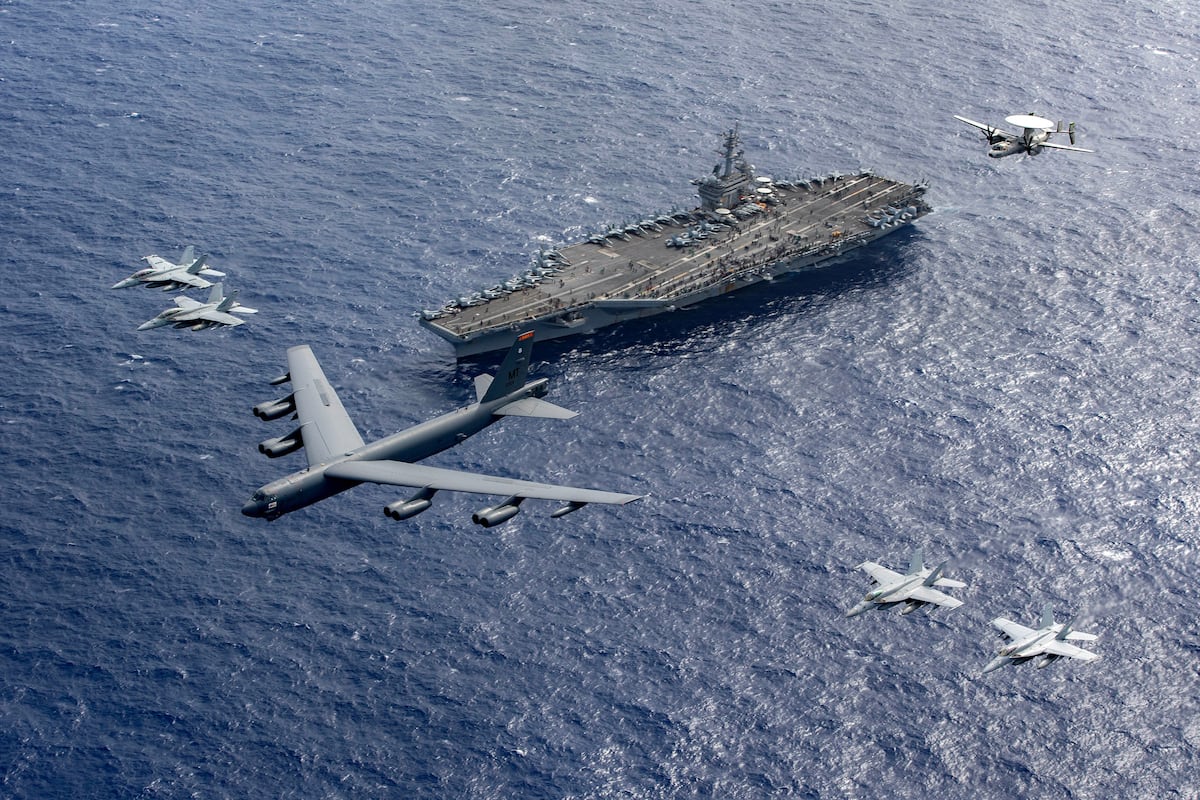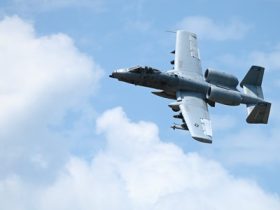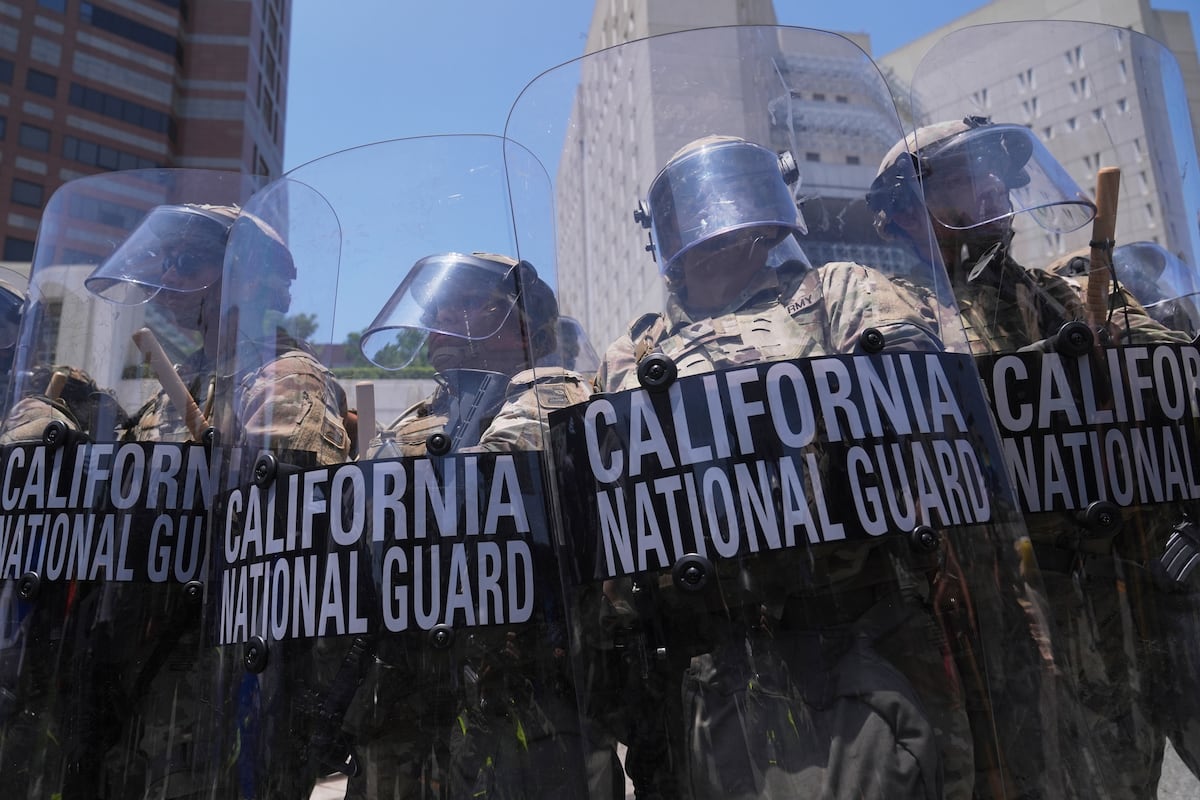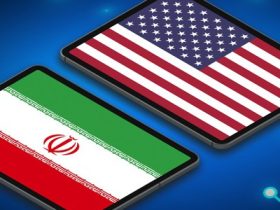THE HAGUE, Netherlands — Global military spending surged to an unprecedented $2.72 trillion in 2024, jumping 9.4% from the previous year and marking the steepest annual increase since the end of the Cold War.
The Stockholm International Peace Research Institute reported the stark increase in its highly anticipated annual report, which was released on Monday.
It marks the tenth consecutive year of growth in worldwide military spending and was driven by heightened geopolitical tensions across all regions, with particularly rapid growth in Europe and the Middle East amid ongoing conflicts in Ukraine and Gaza.
Overall, 2.5% of the combined global economic power was spent on the military last year, SIPRI researchers determined.
“Over 100 countries around the world raised their military spending in 2024,” said Xiao Liang, researcher with SIPRI’s Military Expenditure and Arms Production Programme.
“As governments increasingly prioritize military security, often at the expense of other budget areas, the economic and social trade-offs could have significant effects on societies for years to come,” he added.
The United States maintained its position as the world’s dominant military spender at $997 billion, accounting for 37% of global expenditure. China followed at an estimated $314 billion, with Russia ($149 billion), Germany ($88.5 billion), and India ($86.1 billion) rounding out the top five. Together, these nations accounted for 60% of worldwide military spending.
NATO members collectively spent $1.51 trillion on their militaries, accounting for more than half (55%) of global expenditures. Eighteen of the alliance’s 32 members met or exceeded the 2% of GDP spending target that NATO leaders committed to in 2014, up from 11 members in 2023.
Russia’s military expenditure surged by 38% compared to 2023, reaching an estimated $149 billion – double what it spent in 2015. This figure represented 7.1% of Russia’s GDP and 19% of its total government expenditure. Israel’s spending was 65% higher than in 2023, while Poland, already a top NATO spender, invested 31% more.
Ukraine ranked as the eighth largest military spender globally with expenditures of $64.7 billion – a staggering 34% of its GDP, the highest military burden of any country in 2024. In the light of Russia’s full-scale invasion of the country, which commenced in February 2022 and came after more limited incursions in 2014, Kyiv has found itself in dire need of extensive and rapid armament. Its 2024 defense spending was 1,251% higher than it had been a decade ago, SIPRI calculated.
“Ukraine currently allocates all of its tax revenues to its military,” said Diego Lopes da Silva, senior researcher with the SIPRI Military Expenditure and Arms Production Programme. “In such a constrained fiscal environment, it will be difficult for Ukraine to continue to raise its military expenditures.”
Ukraine’s neighbors are also beefing up their war machines, with European military spending rising by 17% to $693 billion, pushing the continent’s defense budgets beyond Cold War-era levels. Germany emerged as Western Europe’s number one military spender for the first time since reunification, with expenditures rising 28% year over year to $88.5 billion.
The Middle East, rocked by the first direct military exchange between Israel and Iran as well as Israel’s ongoing war in Gaza, saw substantial increases. Israel’s military spending jumped to $46.5 billion amid its war in Gaza and conflict with Hezbollah, a value representing 8.8% of the country’s GDP.
Meanwhile, China continued its 30-year streak of consecutive annual increases in military spending, as it continued its saber-rattling toward Taiwan. Beijing’s spending now stands 59% higher than it did a decade ago.
Japan’s military expenditure also grew by a staggering 21% in the past year to a sum total of $55.3 billion, marking its biggest annual increase since 1952.
“With several unresolved disputes and mounting tensions, these investments risk sending the region into a dangerous arms-race spiral,” said Nan Tian, director of SIPRI’s Military Expenditure and Arms Production Programme, of Asia.
Last year, the world spent $334 on the military per capita, the highest level since the end of the Cold War.
The SIPRI report warned that many countries’ pledges to increase military spending further will lead to critical questions about fiscal sustainability and resource allocation away from social and development priorities.
Linus Höller is a Europe correspondent for Defense News. He covers international security and military developments across the continent. Linus holds a degree in journalism, political science and international studies, and is currently pursuing a master’s in nonproliferation and terrorism studies.
Read the full article here








Leave a Reply